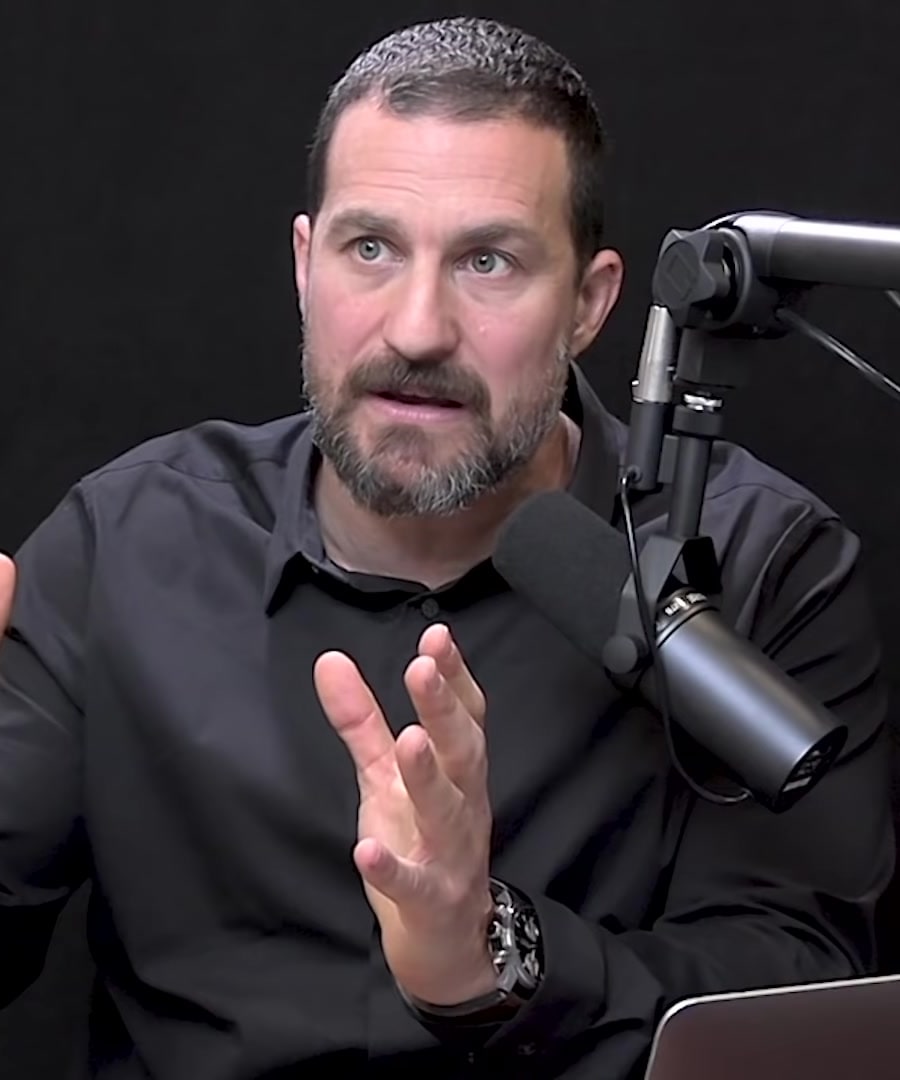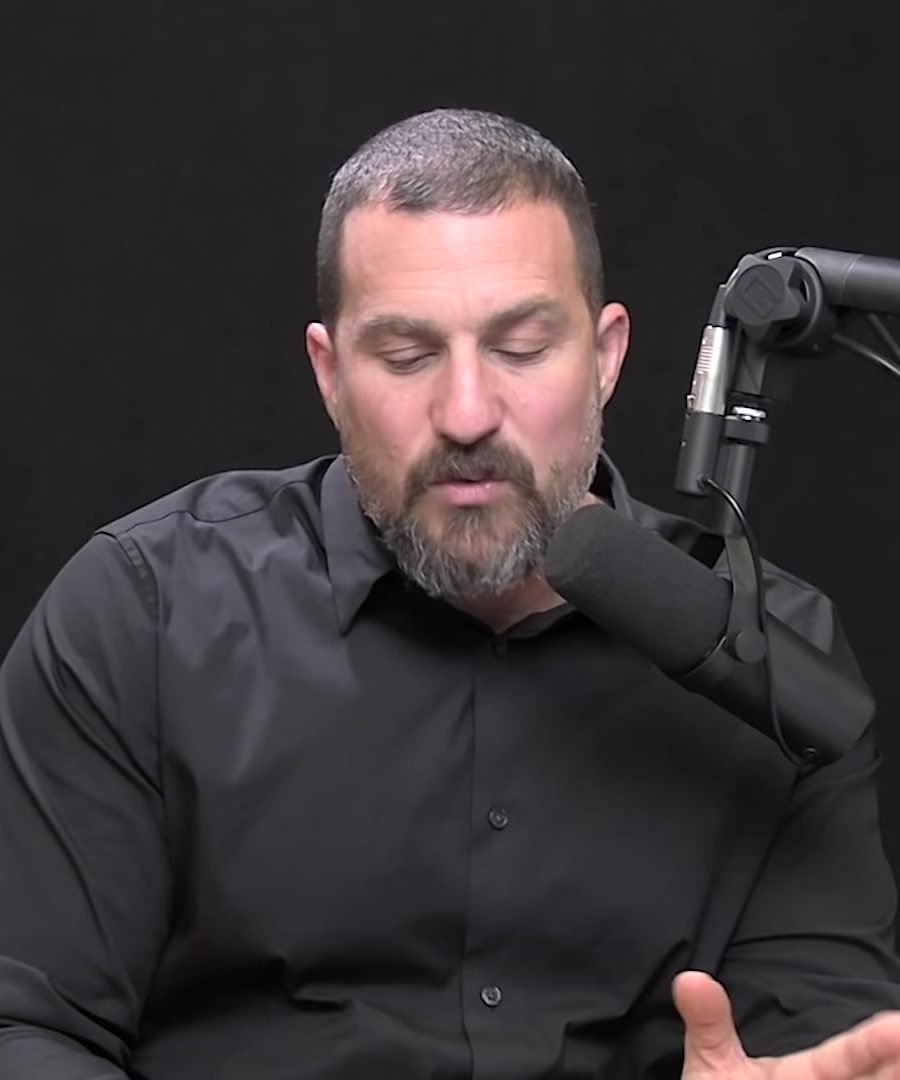How to calculate your temperature minimum and how to use it to your advantage?
Sources:
To calculate your temperature minimum, track the time you typically wake up each morning. Your body's lowest temperature during a 24-hour cycle, the temperature minimum, occurs approximately two hours before your average wake-up time. If you usually wake up at 8:00 AM, your temperature minimum would be around 6:00 AM. The specific time is what matters, not the actual temperature value.
Knowing your temperature minimum can help optimize your sleep and circadian rhythm. Adjusting light exposure is important; it's beneficial to seek light in the early part of the day or when you need to be awake. However, avoid light in the four to six hours before your temperature minimum to prevent delays in your sleep-wake cycle. Also, you can use temperature manipulation—increasing temperature to shift your clock earlier or decreasing it to delay your clock. This knowledge can also be used to schedule focused work during your ultradian cycles, which are 90-minute cycles throughout the day 1 2.
RELATED QUESTIONSWhat can you tell me about syncing my circadian rhythm?
Sources:
Syncing your circadian rhythm involves aligning your body's internal biological clock with environmental cues like light exposure. explains the science of entrainment, where your biology and psychology align with external events such as the Earth's rotation around the sun. Melatonin, a hormone affected by light exposure, plays a critical role in this process, affecting sleepiness and the regulation of other hormones like testosterone and estrogen 1.
Light exposure is a powerful entrainer of circadian rhythms, as every cell in your body requires light information obtained through the eyes. Receiving bright light in the morning helps signal to your central clock that it's the start of the day. In the evening, as the sun sets, light announces that the day is ending 2.
Temperature also correlates with your circadian rhythm. Appropriate circadian rhythm setting can help your body temperature follow a consistent pattern, influencing factors like metabolism and the willingness to exercise 3.
Adjusting your sleep-wake cycle to a regular 24-hour cycle is vital for survival, and this adjustment is largely a subconscious process guided by light detection — rather than conscious understanding 4.
Your circadian system requires synchronization signals to keep your internal time in harmony with the external world. Even a small daily drift without correction could lead to significant mismatches over time, misaligning you with your environment 5.
For practical steps to sync your circadian rhythm, get bright light exposure soon after waking up for about two to ten minutes, ideally from sunlight. Additionally, getting some light in the late afternoon can also signal that it's nearing the end of the day. These light exposure habits can provide a powerful and redundant signal to your body about wake and sleep times 6.
RELATED QUESTIONS
How to calculate your temperature minimum and how to use it to your advantage?
- RELATED QUESTIONS
What can you tell me about syncing my circadian rhythm?
- RELATED QUESTIONS







